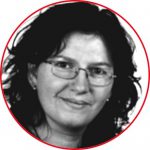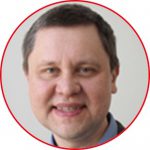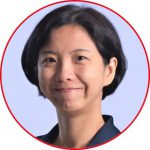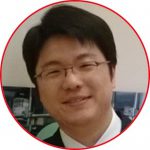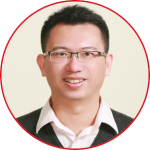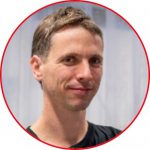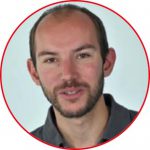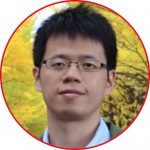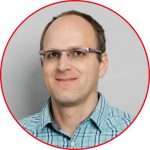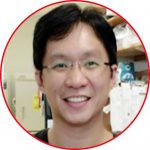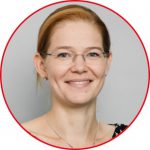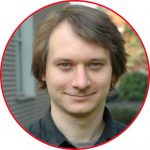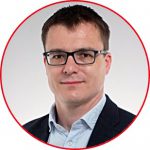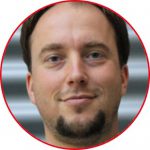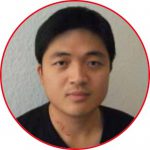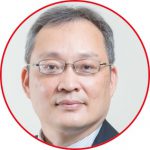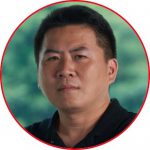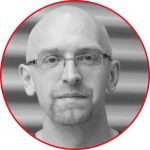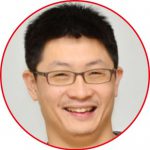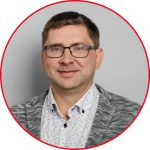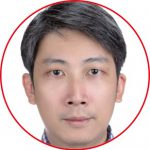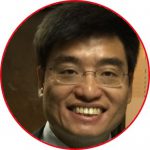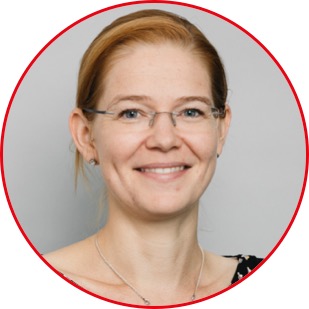
Leibniz Institute of Photonic Technology, Albert-Einstein-Straße 9, 07745 Jena, GERMANY
Institute of Physical Chemistry and Abbe Center of Photonics, Helmholtzweg 4, 07743 Jena, GERMANY
Quantum confined semiconductor nanostructures in light-driven catalysis
Inorganic semiconductor nanocrystals are extremely potent and versatile materials for many photonic applications. Their high extinction coefficients and tunable (by means of size variation) absorption and emission characteristics render them ideal candidates as light-harvesters for photovoltaics and photocatalysis as well as active material in light-emitting diodes. In this talk, I will present our work on hybrid structures based on semiconductor nanocrytstals for light-driven catalysis. We are investigating the function determining light-driven processes in such structures leading to the targeted function by applying a combination of time-resolved spectroscopic techniques, i.e. photoluminescence and transient absorption spectroscopy. E.g., in metal nanoparticle functionalized CdSe@CdS dot-in-rod structures our investigations of the charge separation process at the semiconductor metal interface revealed the dependence of the efficiency of this process on the composition and size of the metal particle.[1,2] In recent work we focus on the functionalization of 0D (quantum dots) and 1D (nanorods) CdSe- and CdS-based particles with redoxactive molecules and potential molecular catalytic reaction centers. I will introduce results of our investigations on the light-driven charge transfer processes in these hybrid structures. Last but not least, we work on strategies for integration of quantum confined semiconductor nanocrystals in photoelectrode materials. For this purpose we explore strategies for the deposition of colloidal rod shaped particles at substrates with controlled orientation.
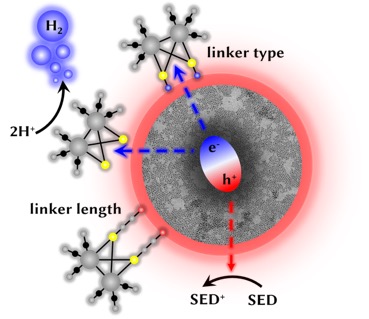
References
- M. Wächtler, P. Kalisman, L. Amirav, J. Phys. Chem. C, 2016, 120, 24491-24497.
- Y. Nakibli, Y. Mazal, Y. Dubi, M. Wächtler, L. Amirav, Nano Lett., 2018, 18, 357-364.
